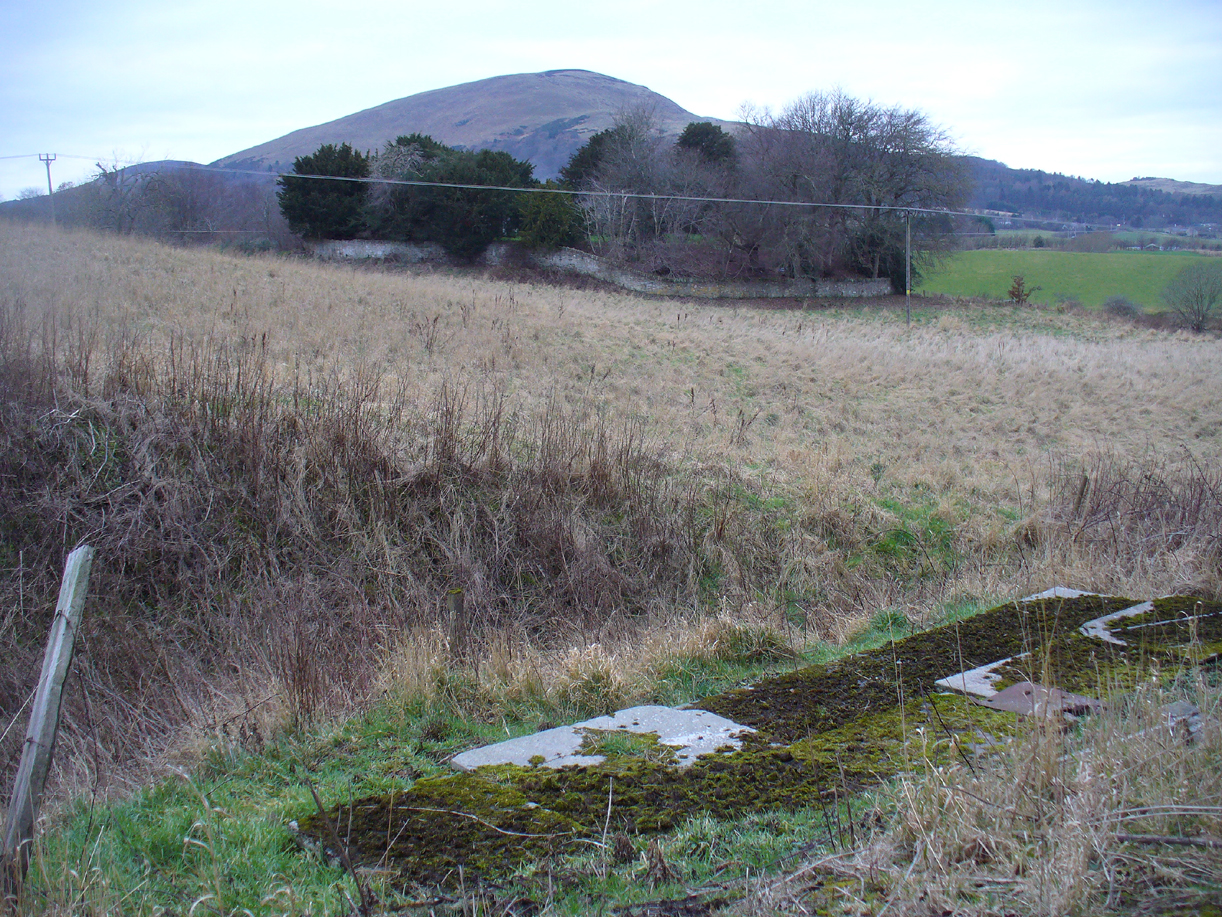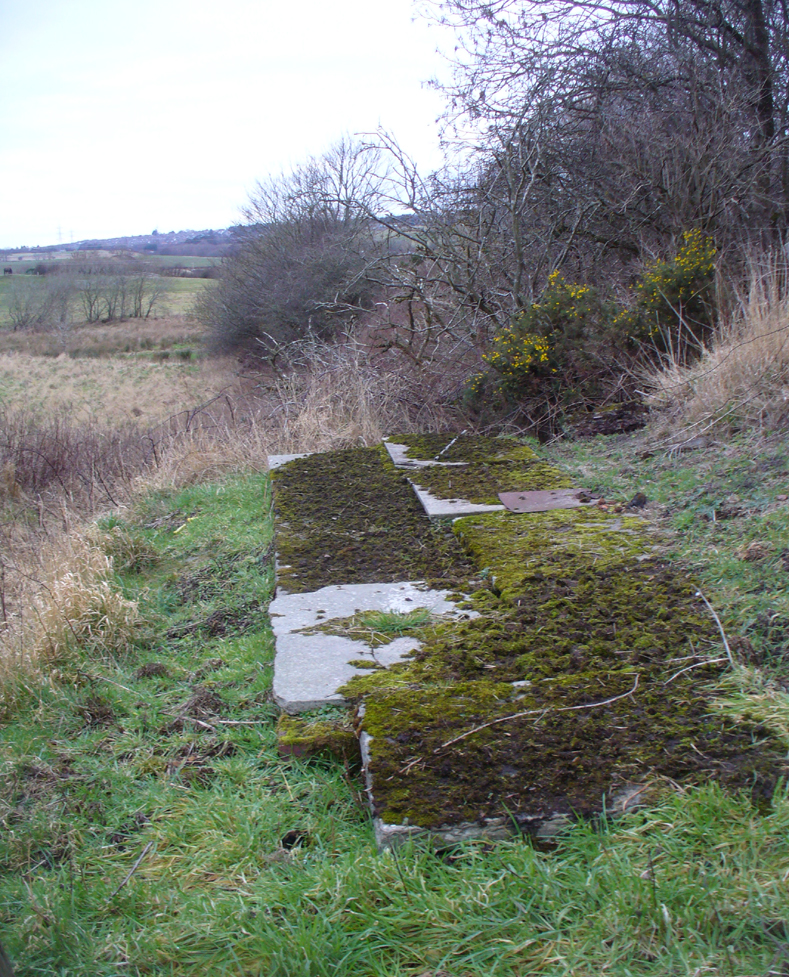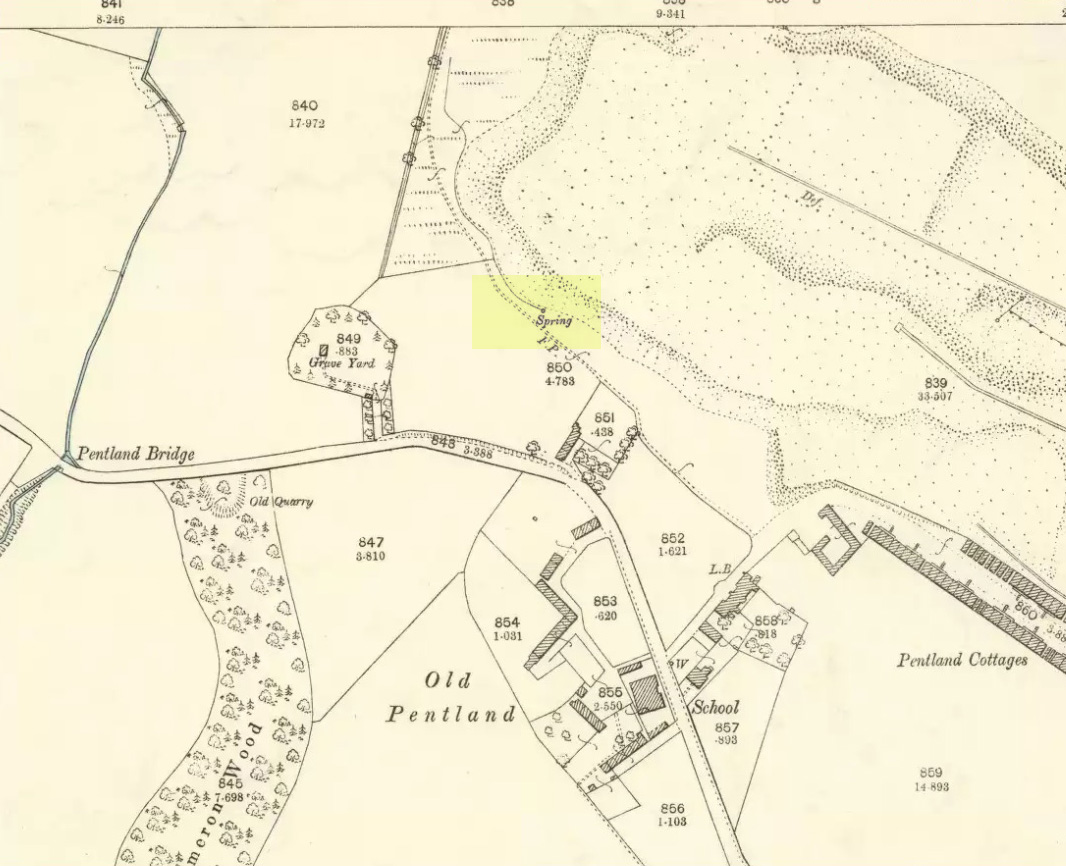Holy Well (covered): OS Grid Reference – NT 26388 66338
Archaeology & History

Described in Hope & Telford’s (1813) rare work, this little-known holy well has escaped the attention of all surveyors since then. It was one of four sacred and healing sites in the village and “the most copious” of them all, they said.
Located a little to the east of the old churchyard, chemical analysis showed its water to contain carbonates and sulphates of lime, “muriate of soda and a magnesium salt in very minute proportion, and carbonate of iron in a still smaller” amount.


Until recently, the waters of St. Margaret could still be seen in the small copse of trees, just off the footpath, but they have now been covered in large stone slabs. Underneath them, you can clearly hear the sound of the rushing water still pouring out of the ground, quite copiously, as Hope & Telford said! A little further down the slope—into which the waters have cut a tiny glen—the ground is very boggy and marshy due to the outflow from the well. However, the waters here seem very dodgy indeed and it isn’t recommended that you try to drink them! (in the adjacent trees is a large dump site)
It is likely that the St. Margaret dedication here relates to the 11th century Scottish Queen, who was believed to have landed at nearby North Queensferry, known as St. Margaret’s Hope. Literary history tells that she became a Roman Catholic.
References:
- Bennett, Paul, Ancient and Holy Wells of Edinburgh, TNA: Alva 2017.
- Hope, Thomas C. & Telford, Thomas, Reports on the Means of Improving the Supply of Water for the City of Edinburgh, A. Constable: Edinburgh 1813.
© Paul Bennett, The Northern Antiquarian